Full range or partial range of motion reps: what is better for strength and muscle injury prevention?
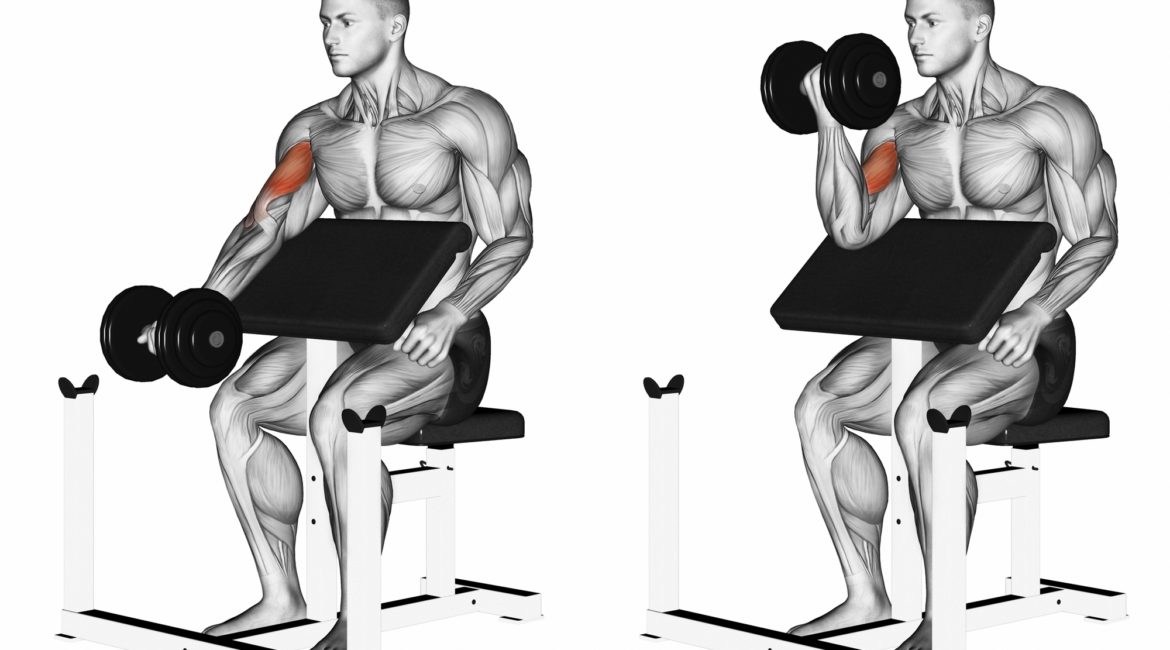
Ever find yourself watching people at the gym to get exercise inspiration? Don’t be embarrassed…we all do it!
We see that jacked bodybuilder or fitness competitor ripping out high speed biceps curls or leg extensions where it hardly looks like the weight is going up and down. Or we see that young strength coach loading up a bar and dropping his squat so low his butt touches his heels.
Do those short rep bicep curls help bulk up a biceps better than a full range of elbow motion curl? Or does that ass to grass full hip and knee range of motion squat offer some training or injury prevention benefit?
What we are getting at here is does the range of motion used during an exercise matter for building strength and/or preventing injury?
In short, it absolutely does matter. And context for the discussion matters as well, so we’ll try and simplify as best as we can from the literature and our experience.
A partial range of motion exercise would be an exercise where the movement was purposefully cut short of what was fully possible. The simplest illustration of this comes with a single joint exercise like a biceps curl for example.
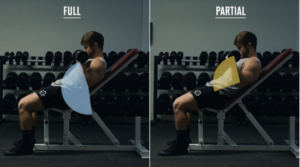
For single joint movements, like a biceps curl, shoulder press or a heel raise, the distinction between full range of motion versus partial range of motion is relatively simple. Given an elbows ability to fully straighten and bend or a shoulder’s full ability to reach overhead or an ankles full ability to lift a heel off the ground, how much is being voluntarily used in each repetition.
Compound exercises where multiple joints are being utilized are a little trickier and nuanced. But a compound exercise like a deadlift for example can certainly be expanded or restricted in its arc of movement in various ways. For example by not taking the weight all the way to the ground or by using the high handles from a trap (hex) bar you can shorten the range of motion. Conversely standing on a box or riser for a deficit deadlift will increase the range of motion required.
There are many options on how much range of motion we deploy in a given movement or exercise, but let’s not turn this article into a Masters degree in exercise science, let’s zoom out and check out the best evidence we have to date on this subject to help us make some training conclusions that matter to you.
Strength, Hypertrophy and Functional Gains
A recent systematic review and meta-analysis attempted to pull together the randomized controlled trials we have comparing partial range of motion exercises to full range of motion exercises and concluded that full range of motion exercises produced significantly greater strength gains than partial range of motion exercises. The results seemed to be similar across a broad range of exercises including squat, knee extension, bench press, elbow flexion, arm push/pull and lumbar extension.
There was also a greater, but not-statistically significant, effect on functional performance such as jump height, sprint time, or wingate (bike test) peak and mean power for those performing full range of motion exercises versus partial range of motion exercises.
The author’s propose these strength and functional gains are the result of full range of motion exercises working through “sticking regions” where muscle length is not optimized. Training through these sticking points where sarcomeres are either stretched or contracted may enable better overall strength gains or functional utilization of the muscle and may result in increased fascicle length.
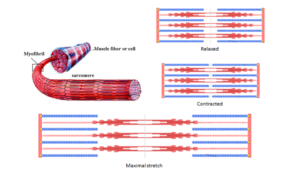
In addition the authors also found that muscle hypertrophy (muscle growth) was greater for full range of motion training on lower-limb muscles. There is insufficient evidence in upper body training, but there is no reason to think upper extremity muscles would respond differently (IMHO). This puts into question all the bodybuilding and figure competitor training plans that advocate for partial reps for bulking up. Partial range of motion training is still quite common for IFBB (international federation of bodybuilding and fitness) pro’s, so it will be interesting to see if this shifts over time.
For further info on strength and hypertrophy, this is a great video by local bodybuilder and powerlifter Jeff Nippard. Partial vs Full Range Of Motion: What’s Best For Muscle Growth? (Science Explained) – YouTube
Injury prevention
Does the range of motion we use in our training have any impact on our risk for muscle injuries?
Hamstring injuries may be the best window we have to peer into this topic, as it’s one of the better researched muscle injuries.
A 2015 study of elite soccer players found that shorter biceps femoris long head (part of the hamstring) fascicles were 4 times more likely to sustain a future hamstring strain injury than those with longer fascicle length. Furthermore the probability of an athlete suffering a hamstring injury was reduced by 21% for every 1cm increase in fascicle length.
We know that eccentric, lengthening or sometimes termed “negative” phase of muscle work, based exercises increase fascicle length. The nordic hamstring exercise is an example of an eccentric hamstring exercise as the work is often only done in the lengthening phase. https://www.youtube.com/watch?v=IbmuE4clhg4 Whereas a concentric focused exercise (ie. hamstring curl’s) has the potential to decrease fascicle length. To take it one step further, long length (full range of motion) eccentric exercises increases muscle fascicle length more than short length eccentric exercises.
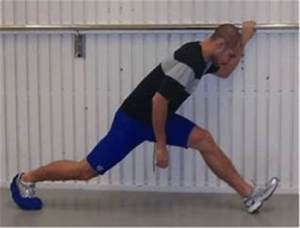
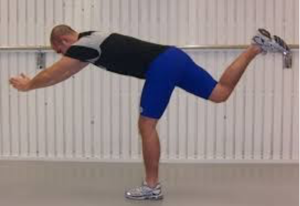
This glider exercise on the left and an romanian deadlift (RDL) on the right are good options that challenge the hamstring in full length ranges with an eccentric (and concentric) component.
So for hamstring injury prevention, full range of motion exercises that train long length (and focus on eccentric work) are your best option.
Does this apply to all muscle injuries? Maybe not. Some muscles are predisposed to injury in lengthened out or stretched positions, and therefore might do better with exercises that prepare for that challenge.
But the overriding principle here is to train the muscle, or muscle groups of interest, to increase their capacity to function in any angle or position it could get challenged. This is sometimes termed the SAID principle, specific adaptations of the imposed demand.
If all you ever did was partial, mid range of motion biceps curls, your bicep will not be well trained to generate strength and manage strain at the extremes. From an injury perspective that would leave you vulnerable.
So, train your muscles in as many different positions and angles as you can. Train in long length positions and train in short length positions. Train with high velocity at times and slower speeds (maybe even isometrically) at times. This means lots of exercise variety, lots of loading variety, but a preferential use of full range of motion exercises over partial range of motion options.
Notice we aren’t mentioning joint injury prevention in this discussion. There are many situations we might argue shorter, partial range of motion repetitions could be preferred to avoid setting off an arthritic flare or an impingement irritation. Discussion for another article, another day.
When it comes to muscle strength, function and muscle injury, ditch the partial range reps and focus on full range training.
